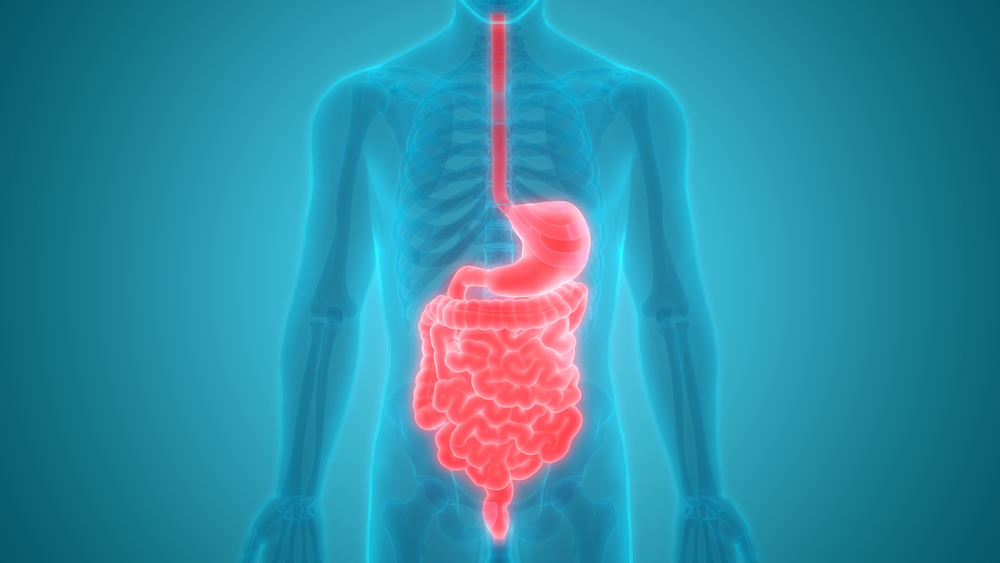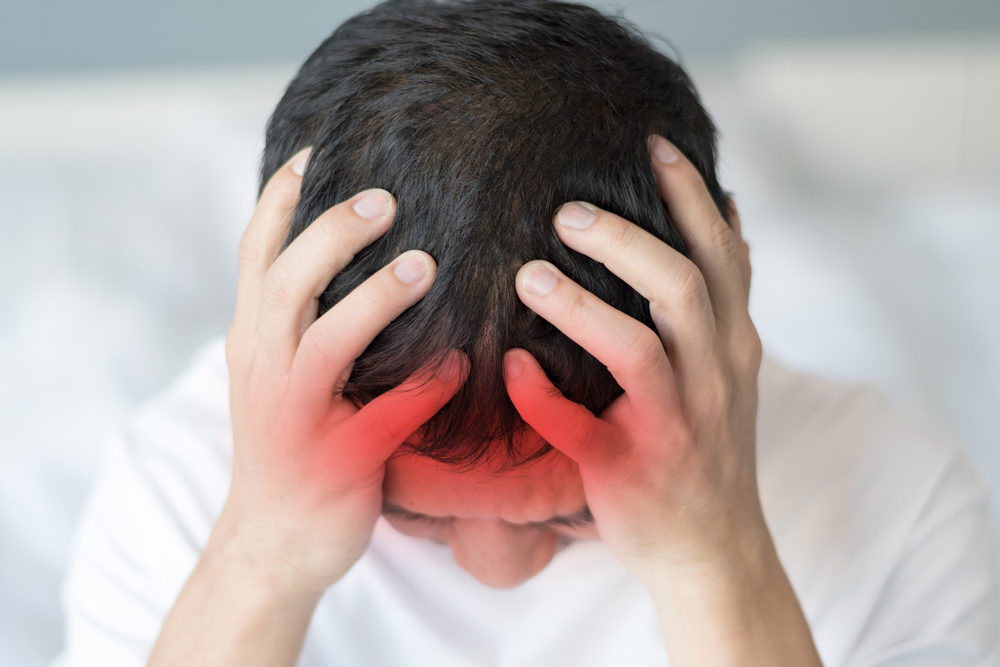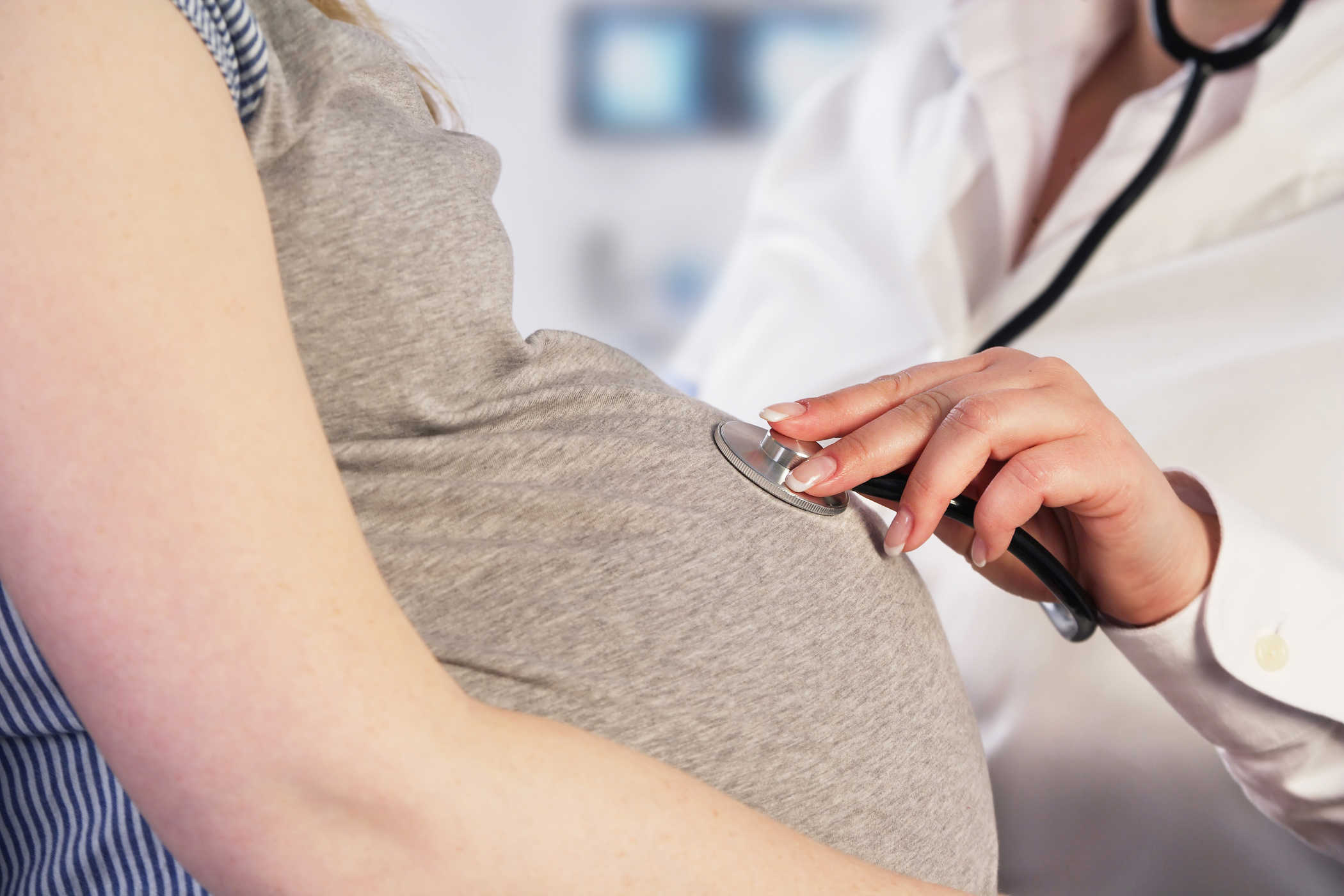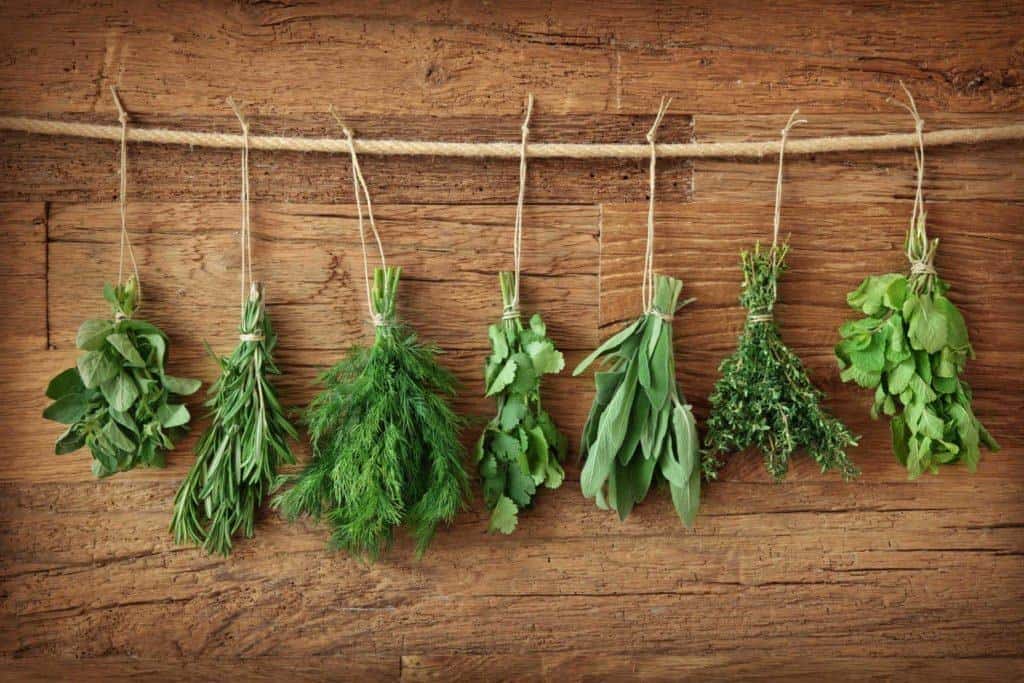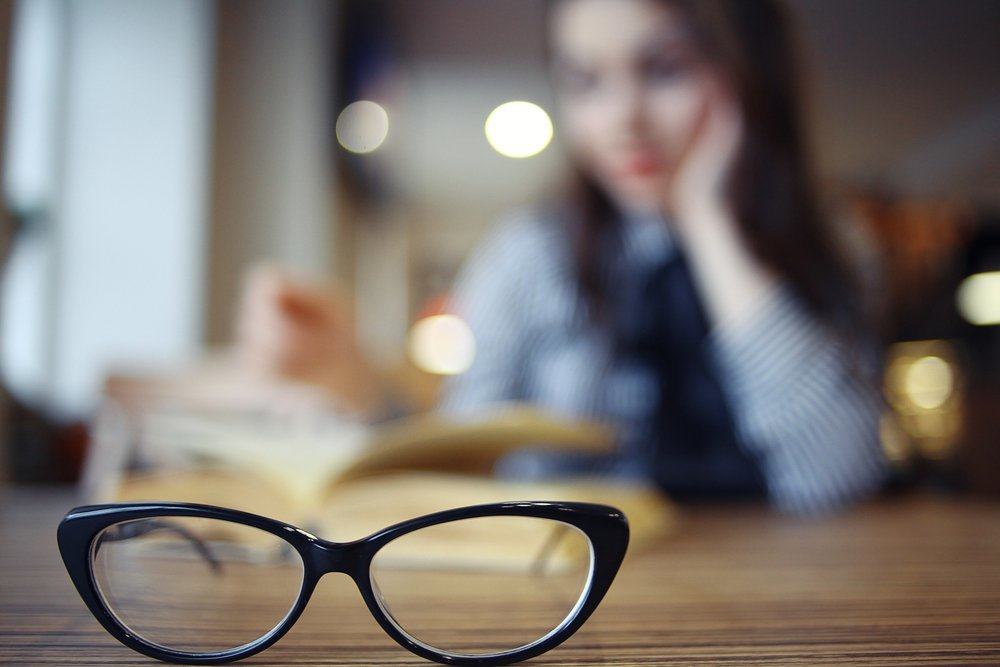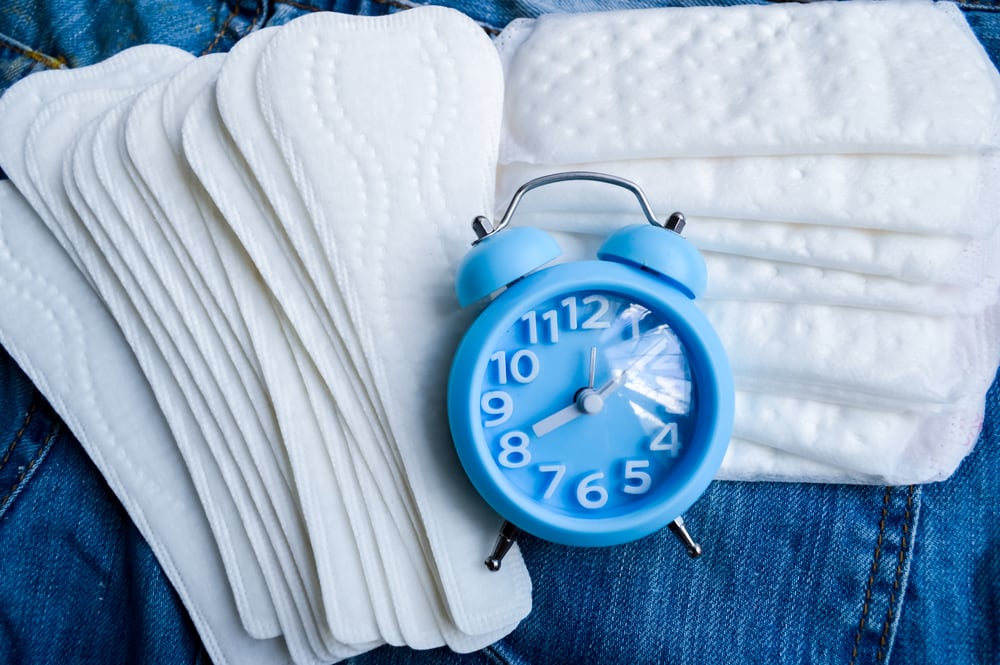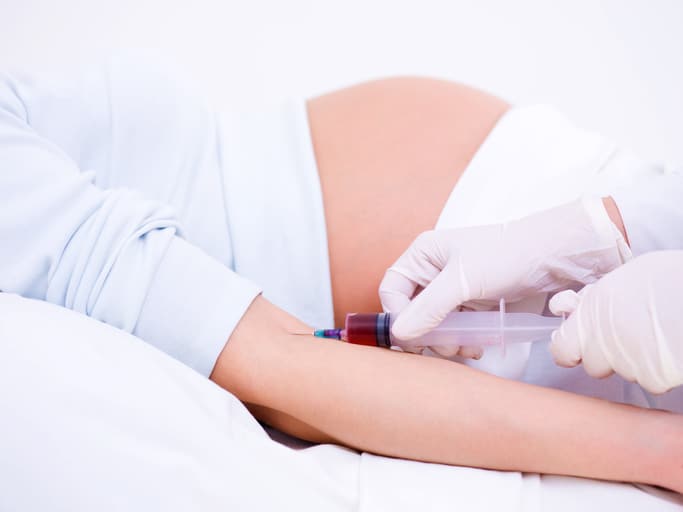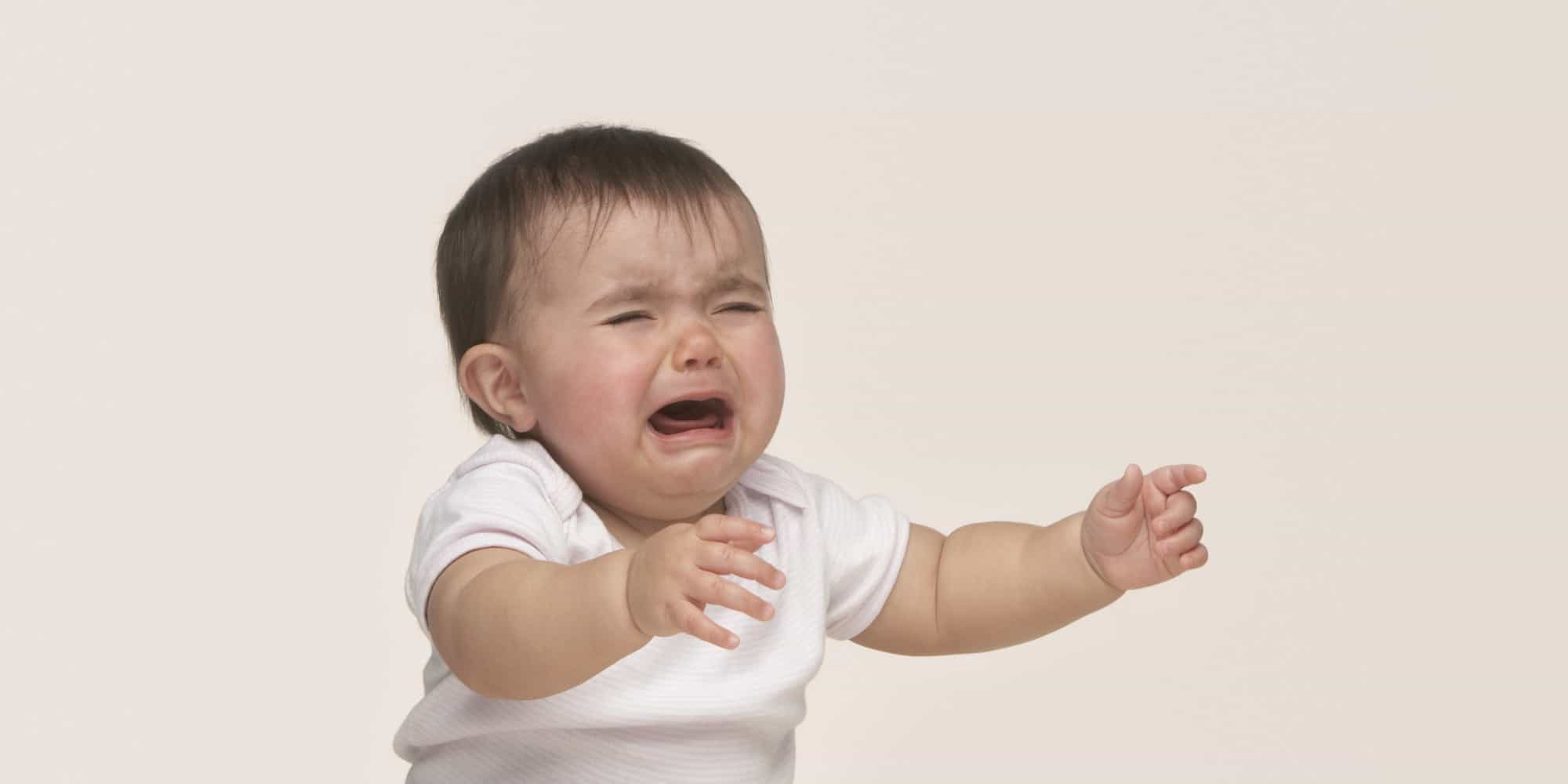Contents:
- Medical Video: Anatomy and Physiology of Digestive System
- Anatomy of the digestive system
- What is the human digestive tract like?
- Mouth
- Esophagus
- Stomach
- Small intestine
- Colon
Medical Video: Anatomy and Physiology of Digestive System
The food you eat every day will certainly not be changed, digested, and absorbed by nutrients if it is not processed by the digestive organs. There are many digestive organs involved in this. Are you curious about what organs can make you get all these nutrients? Come on, see the following explanation of the anatomy of the digestive system.
Anatomy of the digestive system
The anatomy of the digestive system consists of digestive organs which are divided into two main groups, namely organs in the digestive tract and complementary digestive organs.
The digestive tract or also called the gastrointestinal (GI) tract, is a long channel that enters the body from the mouth to the anus. This channel digests, breaks down and absorbs food through its layer into the blood.
The organs in the digestive tract include the mouth, esophagus (esophagus), stomach, small intestine, large intestine, and end in the anus. Complementary digestive organs (accessories) include the tongue, teeth, gallbladder, salivary glands, liver, and pancreas.
Teeth and tongue are located in the mouth which also helps the digestive process, in changing foods from coarse to smoother forms.
While the human digestive gland consisting of salivary glands, liver, and pancreas helps produce enzymes that help the digestive process.
What is the human digestive tract like?
Mouth
The digestive process starts in the mouth, where chemical and mechanical digestion occurs. In the mouth there are accessory organs that help digestion of food, namely the tongue, teeth, and salivary glands.
The mouth functions to chew food becomes smoother and softer to make it easier to swallow and digest. Teeth cut food into small pieces, moistened with saliva before the tongue and other muscles push food into pharynx (Pharynx) and pass it in esophagus.
The outside of the tongue contains a lot of rough papilla to grip the food because it is moved by the tongue muscle. Meanwhile, saliva produced by salivary glands (located under the tongue and near the lower jaw), is released into the mouth.
Saliva begins to break down food, moisturizes it and makes it easier to swallow. Saliva begins to break down carbohydrates with the help of the enzymes they produce, namely the enzyme amylase.
Movement by the tongue and mouth pushes food to the back of the throat to swallow it. Valve (epiglottis) close above windpipe (trachea) to ensure that food enters the esophagus and not the airways. This is to prevent choking when swallowing food.
Esophagus
Esophagus (esophagus) is a connecting channel between the mouth and stomach, which is located between the throat and stomach.
The esophagus as a way for food that has been chewed from the mouth to the stomach. The esophageal muscle can contrast so that it pushes the food into the stomach. This movement is called peristalsis.
At the end of the esophagus there is a sphincter (muscle ring), which allows food to enter the stomach and then close it to prevent food and fluids from rising back into the esophagus.
Stomach

The stomach is an "J" shaped organ, which is about two fists in size. The stomach is located between the esophagus and the small intestine in the upper abdomen.
The stomach has three main functions in the digestive system, namely to store ingested food and fluids; to mix the food and digestive juices it produces, and slowly empty the contents into the small intestine.
Only a few substances, such as water and alcohol, can be absorbed directly from the stomach. Other food substances must undergo the digestive process of the stomach.
The strong abdominal muscle wall mixes and shakes food with acids and enzymes, breaking it into smaller parts.
Food is processed into a semi-solid form called chyme. After eating, chyme is slowly released gradually pyloric sphincter, a ring of muscle between the stomach and the first part of the small intestine called the duodenum (intestine 12 fingers). Most foods leave the stomach for up to four hours after eating.
Small intestine

The small intestine is a thin tube about one inch long and about 10 meters long. The small intestine is located only lower than the stomach and takes up most of the space in the abdominal cavity.
The entire small intestine is rolled up like a hose and the inner surface is full of many bumps and folds.
This fold is used to maximize food digestion and absorption of nutrients. When food leaves the small intestine, about 90 percent of all nutrients are extracted from the food that enters it.
The small intestine consists of three parts, namely duodenum (12 finger intestine), jejunum (circular middle part), and ileum (last part).
The small intestine has two important functions, namely:
- The digestive process is completed here by enzymes and other substances made by cells of the intestine, pancreas, and liver. Glands in the intestinal wall secrete enzymes that break down starch and sugar. The pancreas secretes enzymes in the small intestine that help breakdown carbohydrates, fats and proteins. The liver produces bile, which is stored in the gallbladder. Bile helps make fat molecules dissolve, so it can be absorbed by the body.
- The small intestine absorbs nutrients from the digestive process. The inner walls of the small intestine are covered by millions of villi and mikrovilli. The combination of both increases the surface area of the small intestine on a large scale, allowing absorption of nutrients to occur.
Colon

The large intestine forms the letter "U" upside down above the rolled small intestine. It starts on the lower right side of the body and ends on the lower left side. The large intestine is about 5-6 meters in size, which has three parts, namely cecum, colon and rectum.
Cecum is the sac at the beginning of the large intestine. This area allows food to pass from the small intestine to the large intestine. Colon is where fluid and salt are absorbed and extends from the cecum to the rectum. The last part of the large intestine is the rectum, where the waste (waste material) is stored before leaving the body through the anus.
The main function of the large intestine is to remove water and salt (electrolytes) from undigested material and form solid waste that can be removed. Bacteria in the large intestine help break down undigested ingredients. The remaining contents of the large intestine are moved towards the rectum, where stool is stored until it leaves the body through the anus.

